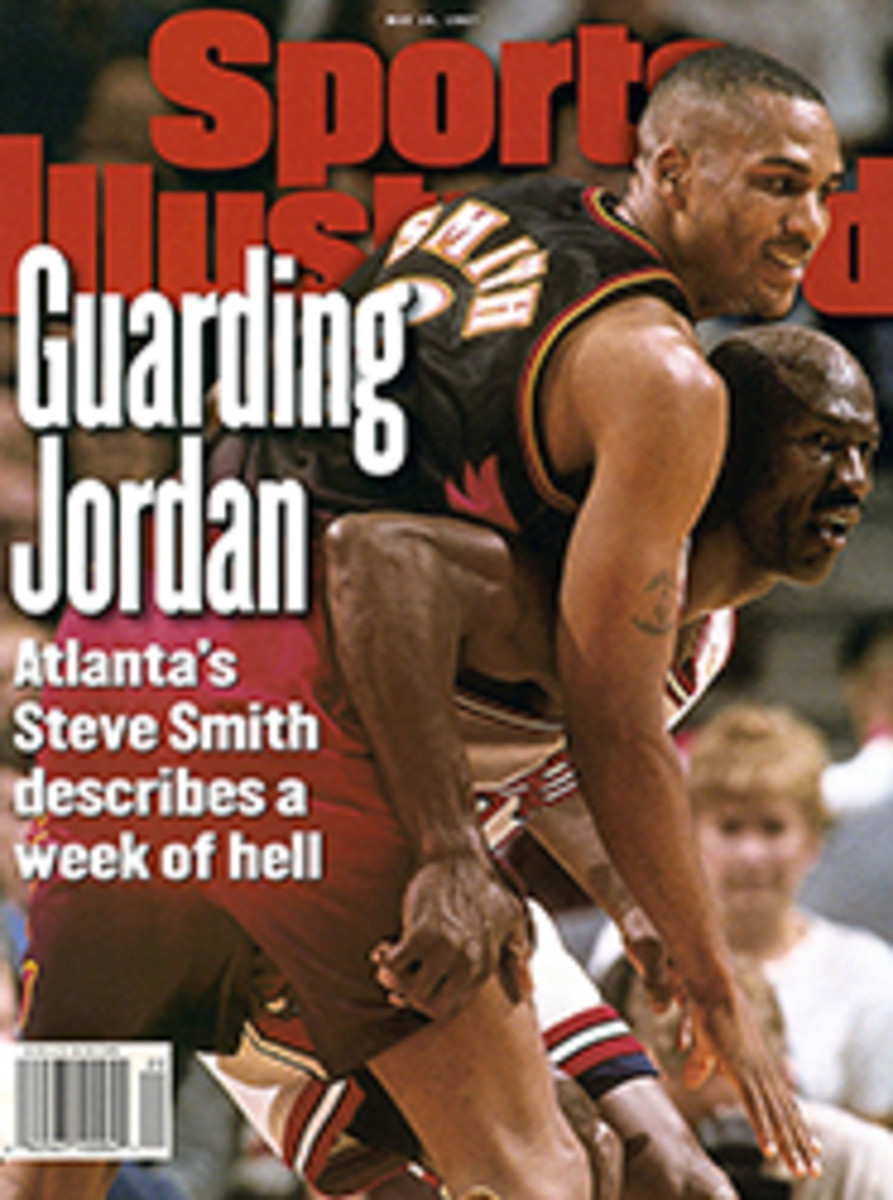
THIS GUIDE IS FOR THE BIRDS IDENTIFYING AVIAN SPECIES IN THE FIELD, NEVER EASY, HAS JUST BEEN MADE TOUGHER
Even in this age of hype and spin, the promotional campaign for
the American Bird Conservancy's Field Guide: All the Birds of
North America (HarperPerennial, $19.95) is something else. With
a first printing of 150,000 copies and a lavish marketing
budget, All the Birds is described by its publisher as
"revolutionary" in its concept and design, both of which are the
work of Jack L. Griggs, a self-described adventurer and
passionate conservationist.
The idea for the book grew out of Griggs's frustration at being
unable to identify birds in the field because he could not find
them in his guide before they flew away. Griggs was, according
to his publisher's blurb, "the first to realize that weak
design, not content, was the problem with 20th century bird
guides," and he "immersed himself for seven years in the
emerging discipline of information design." He should have
stayed immersed longer.
Instead of basing its organization on taxonomy and scientific
order to show evolutionary relationships, as most guides
do--hey, Linnaeus and Darwin were on to something--All the Birds
divides birds into groups such as Aerialists, Swimmers,
Ground-Walkers, Tree-Climbers and so on. This approach is, in
fact, neither new nor revolutionary. The Audubon Society Field
Guide to North American Birds (two volumes, Eastern and Western
regions) did this 20 years ago, except that it used color
photographs instead of full-color paintings, as Griggs does. And
Griggs's reliance on "field recognizable" features borrows from
the late Roger Tory Peterson, who organized the first of his
immensely popular guides the same way in 1934.
So, hype aside, what about All the Birds? It is a good-looking
book that easily slips into the pocket, and the paintings of
birds in their natural habitats are excellent. Here Griggs had
the assistance of 13 topflight illustrators, including his son,
along with the advice of 11 ornithological consultants, three of
whom previously worked on the Audubon guides.
Alas, All the Birds is not all that easy to use. To start, there
is no table of contents, and the opening section on extinct
birds is unpaginated. What seems to be the introduction to the
book is in the middle. Immediately after an entry on the ringed
kingfisher, there are five pages on plumage and structure and
calls and song, which precede the book's introduction with no
notice to the reader.
A confusing design element is that the pages are only
alternately numbered, so the first two pages opened together are
page 1, the next two pages are page 2, and so on. The numbers
themselves are printed sideways, in the lower right corner of
the right-hand page only, so you have to turn the book to read
them before you turn it right-side up again to look at the
pictures and read the text.
All the Birds is supposedly designed to let the user quickly
identify any one of the 800-plus species of birds in North
America before it flies away. Imagine that my wife and I are in
the field and suddenly, overhead, I see a fulmar--I think. My
wife shouts, "No, it's a dickcissel!" I put down my binoculars,
fumble in my pocket to find my eyeglasses so that I can read the
directions on the back cover of All the Birds: "STEP #1: Open to
the key for WATERBIRDS on the inside front cover or to the key
for LANDBIRDS on the inside back cover. STEP #2: Select the icon
that most resembles the bird being identified, and note the
color bar and key number next to that icon...."
I look under AERIALISTS for the icon, a small outline drawing of
a bird about the size of a fulmar as compared with the icon for
bigger birds like albatrosses, boobies and gannets. I spot a
medium-sized icon and read "3: Fulmar, Gadfly Petrels, Gulls &
Terns (pelagic), Jaegers, Shearwaters, Skuas, Tropicbirds." I
turn the book sideways to find page 3--"Hurry, hurry," my wife
says--and I turn the guide upright again only to find paintings
and entries on three tropic birds, two terns and two noddies on
the page. Thumbing frantically, I finally find "Fulmar" on page
8, really page 15. I look up in the sky. No bird. "I told you it
was a dickcissel," my wife says.
Other criticisms: Shrikes are included under the heading of
flycatching bills, even though their diet includes mice and
birds, and Griggs relies on bill shapes to identify a number of
landbirds, even though bills are impossible to see on warblers,
vireos and other small birds as they flit about, often high in
trees. "Griggs might as well have invented a system of eye size,
for all the use of bill shapes," says James P. Rod, an expert
birder who manages the National Audubon Society's Constitution
Marsh Sanctuary in Garrison, N.Y.
I agree. My final judgment: Yes, dear, it was a dickcissel.
COLOR ILLUSTRATION: ILLUSTRATION BY BRIDGET STARR TAYLOR [Drawing of birds with binoculars consulting book]

